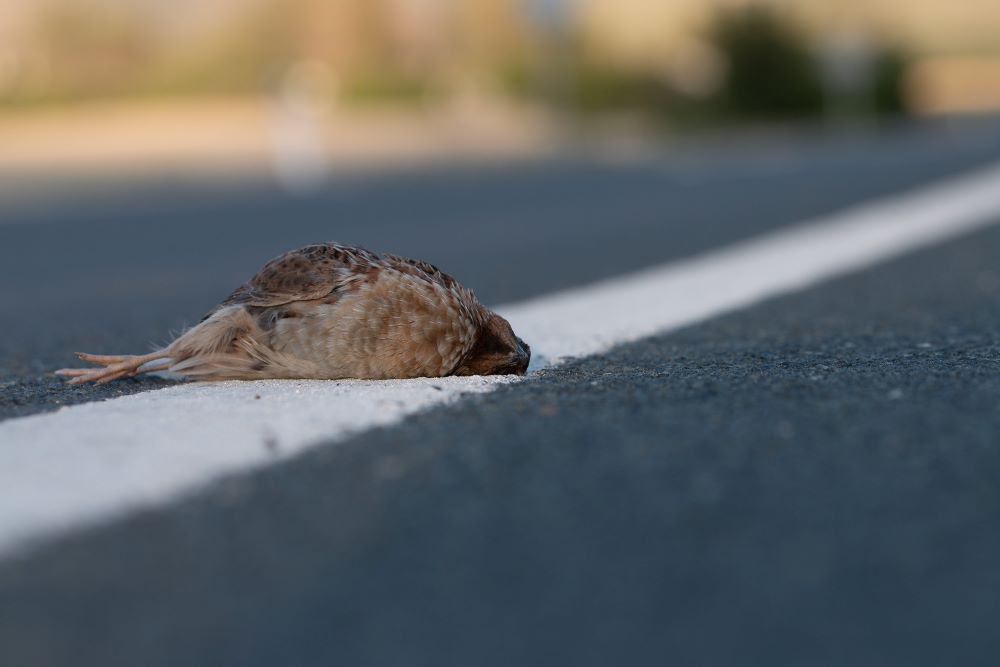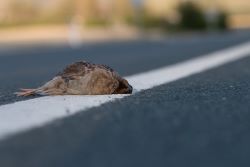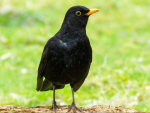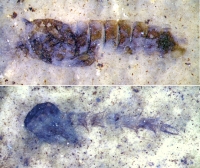A research team led by the Doñana Biological Station – CSIC has estimated that slightly more than a third of roadkill observations are not recorded in studies on wildlife mortality, because the position of the carcasses after the collision can make it difficult to locate them. This study is part of the SAFE project, a citizen science initiative that aims evaluating wildlife mortality in Spanish roads. It is promoted by the Spanish Ministry of Ecological Transition and Demographic Challenge (MITECO) in collaboration with the main Spanish associations on terrestrial societies, SECEM, SEO / Birdlife y AHE.
Roadkill mortality may be a relevant cause of decline or even extinction on many animal populations, to the extent that there are entire species that may be threatened by this impact", explains Marcello D'Amico, a CSIC researcher at the Doñana Biological Station.
"It is a problem that we cannot fully understand yet", adds Jacinto Román, technician at the Doñana Biological Station and main author of the study. "This is because the information that we can compile comes from the location of animal carcasses, but this information is only a small part of the actual problem. It has important bias that, if we do not take it into account, distorts the magnitude and relevance of the impact on the different species".
Roadkill studies are usually focused on the record of carcasses spotted on roads and, sometimes, on their sides. However, a roadkill animal may not always stay in the place of the collision, which can make it much difficult, or even impossible, to be recorded during a typical roadkill survey. Its death may happen after the roadkill in another place due to fatal-injures, or it may happen that the animal rebounds out of the searching area as a consequence of the collision. It is also possible that the roadkilled animal gets stuck into the vehicle, usually into the radiator grille, and it is therefore moved away of the collision area.
Some species are more difficult to be detected than others
"One of the particularities of our study is that we have been able to gather data that it is very hard to get", says Jacinto Román. To carry out this research, the team collected 150 direct observations on roadkill events accidentally caused by members of the research team or sighted while driving. Right after the collision, the researchers pulled over the vehicle and recorded the ultimate fate of the animal. They detected that almost 40% of roadkilled animals did not end on the road pavement.
The results of the study also suggest that, in a typical roadkill survey, it may be difficult to find some species more than others. In some cases, it may even be impossible. For instance, medium-large non-flying vertebrates, such as carnivores and ungulates, were more affected by fatal-injury outcome. Regarding small flying vertebrates, such as passerines and bats, the difficulties to locate the birds were related to both rebounding and retention outcomes.
"With these results, we can finally understand something that we suspected for a long time: roadkill surveys, as they have been carried out so far, may entail a significant bias", explains Marcello D'Amico. "It is a first step to enhace the estimation of how many animals actually die on the roads, which is the main objective of the SAFE project, and therefore, to improve the mitigation actions", he concludes.
Reference
Jacinto Román, Carlos Rodríguez, Alberto García-Rodríguez, Irati Diez-Virto, Carlos Gutiérrez-Expósito, Fernando Jubete, Maria Paniw, Miguel Clavero, Eloy Revilla, Marcello D'Amico. Beyond crippling bias: Carcass-location bias in roadkill studies. Conservation Science and Practice. https://doi.org/10.1111/csp2.13103
https://doi.org/10.1111/csp2.13103


 Uno de cada tres atropellos de animales en las carreteras pasa desapercibido para la ciencia
Uno de cada tres atropellos de animales en las carreteras pasa desapercibido para la ciencia



